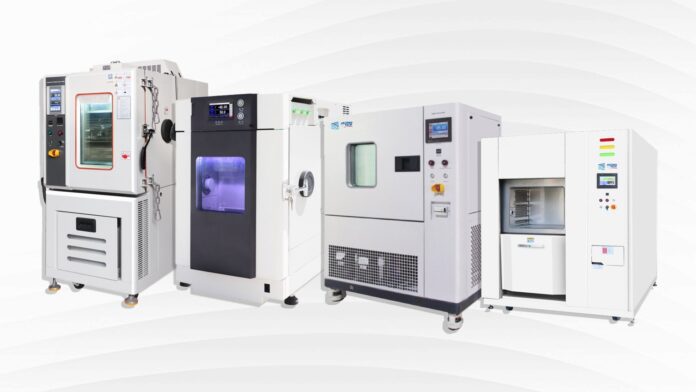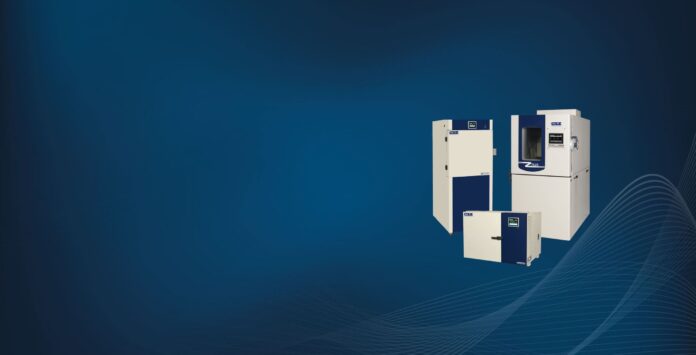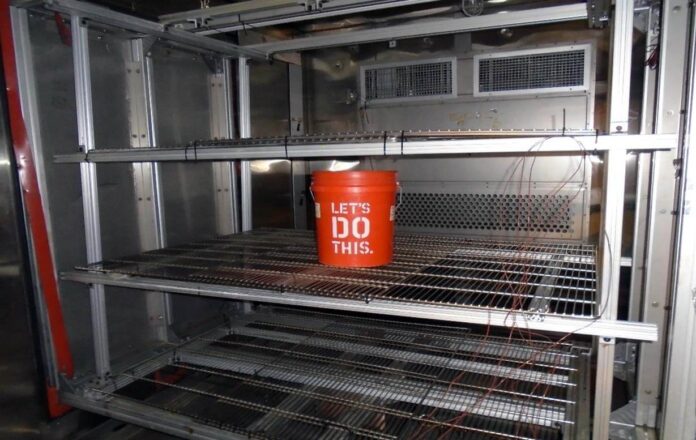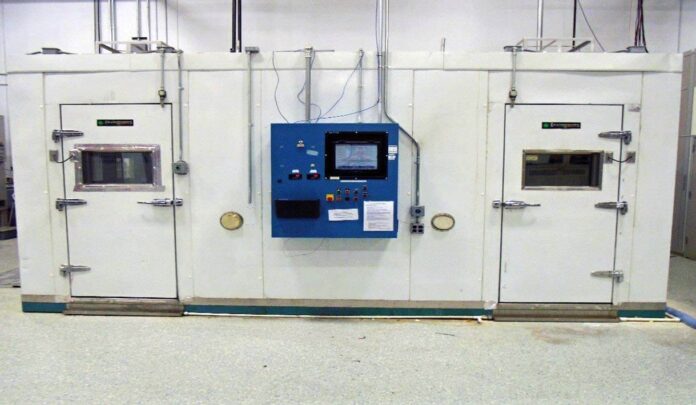Thermal shock chambers are specialized equipment designed for testing the resilience of materials and components to extreme changes in temperature. This testing simulates real-world conditions where products may be exposed to sudden shifts in environmental temperatures, such as from cold to hot or vice versa, in a controlled laboratory setting.
Understanding the operations of thermal shock chambers and exploring enhancements can provide valuable insights into improving product reliability and performance.
Introduction to Thermal Shock Chambers
At the heart of thermal shock testing lies the principle of subjecting materials to rapid temperature variations to study their resistance to thermal stress. This process can reveal potential weaknesses in materials, including cracks, warping, or even complete failures, which could compromise the integrity and functionality of the final product.
Thermal shock chambers play a crucial role in this testing, offering a controlled environment where these extreme conditions can be replicated accurately and safely.
The Essence of Thermal Shock Testing

Thermal shock testing involves transitioning materials between extremes of temperature in a swift manner. Typically, this entails moving the test specimen from a high-temperature chamber to a low-temperature chamber, or vice versa, within a very short time frame, often in a matter of seconds.
The rapid change forces the material to undergo significant thermal expansion or contraction, testing its structural integrity and durability under such stress.
Core Components and Operation
A thermal shock chamber typically consists of two or more separate zones: one set at a high temperature and the other at a low temperature. Some advanced models incorporate a third zone, which remains at room temperature, serving as a transfer or waiting area for specimens between temperature extremes. The operation of these chambers hinges on the precise control of temperature within each zone and the swift movement of specimens between these zones.
The high-temperature zone is equipped with heaters and often uses forced air circulation to achieve and maintain the desired temperature. In contrast, the low-temperature zone utilizes refrigeration systems, which may include liquid nitrogen or mechanical cooling, to reach sub-zero temperatures.
The transition between these zones is facilitated by a mechanical system, often an elevator or a sliding carriage, which quickly transports specimens from one zone to another.
Enhancements in Thermal Shock Chamber Technology

Advancements in thermal shock chamber technology focus on improving the precision, efficiency, and versatility of these systems.
Enhanced temperature control mechanisms, faster transition systems, and more user-friendly interfaces are among the key improvements seen in modern chambers. Moreover, the integration of advanced materials and insulation techniques has led to better thermal efficiency and reduced energy consumption.
Precision and Control
Modern thermal shock chambers are equipped with sophisticated control systems that allow for precise temperature settings and rapid adjustments. These systems often include programmable logic controllers (PLCs) and touchscreen interfaces, enabling users to create and modify test profiles with ease.
Such advancements ensure that the temperature extremes and transition times can be finely tuned to match the specific requirements of each test.
Efficiency and Speed
The efficiency of transitioning specimens between temperature zones has seen significant improvements. Enhanced mechanical designs, such as faster elevators or more efficient sliding mechanisms, minimize the time it takes for specimens to move from one zone to another.
This improvement not only increases the test throughput but also contributes to a more abrupt thermal shock, which can be crucial for certain testing protocols.
User Experience and Safety
User experience has been greatly enhanced through intuitive interfaces, automated safety checks, and remote monitoring capabilities. Operators can now easily set up and monitor tests from a distance, reducing the need for constant physical supervision.
Safety features, such as automatic shut-off mechanisms and alarms for system malfunctions, provide an added layer of protection for both the user and the specimens being tested.
Pro Tips for Maximizing the Potential of Thermal Shock Chambers

To harness the full capabilities of thermal shock chambers, consider the following professional tips:
- Understand the Material and Test Requirements: Before initiating any tests, it’s crucial to have a thorough understanding of the material properties and the specific testing standards it needs to meet. This knowledge will guide the selection of appropriate temperature ranges, transition times, and the duration of exposure at each temperature extreme.
- Optimize Test Profiles: Experiment with different test profiles to find the one that best simulates the real-world conditions your product will face. Adjusting parameters such as the duration of exposure, the number of cycles, and the rate of temperature change can provide deeper insights into material behavior under thermal stress.
- Regular Calibration and Maintenance: Ensure that the thermal shock chamber is regularly calibrated and maintained. This practice not only extends the life of the equipment but also guarantees the accuracy and reliability of test results. Regular checks should include temperature calibration, inspection of mechanical components, and system diagnostics.
- Utilize Advanced Features: Take full advantage of the advanced features offered by modern thermal shock chambers. Programmable test profiles, data logging, and remote monitoring can streamline the testing process and provide valuable data for analysis.
- Safety First: Always adhere to safety guidelines and best practices when operating thermal shock chambers. Proper training for all users, wearing appropriate protective gear, and understanding the emergency procedures can prevent accidents and ensure a safe working environment.
- Collaborate with Experts: Don’t hesitate to consult with thermal testing experts or equipment manufacturers for advice on optimizing your testing procedures. Their expertise can provide valuable insights into best practices, troubleshooting, and enhancing test efficiency.
- Continuous Learning and Adaptation: Stay informed about the latest developments in thermal shock testing and chamber technology. Attending seminars, workshops, and training sessions can keep you updated on new methodologies, equipment upgrades, and industry trends.
Conclusion
Thermal shock chambers are indispensable tools in the field of material testing, providing a controlled environment to assess the durability and reliability of products under extreme thermal conditions.
Understanding the operations of these chambers and staying abreast of technological enhancements can significantly improve testing outcomes. By adopting the pro tips outlined above, users can maximize the potential of thermal shock chambers, leading to more resilient and high-performing products ready to withstand the rigors of their intended environments.







